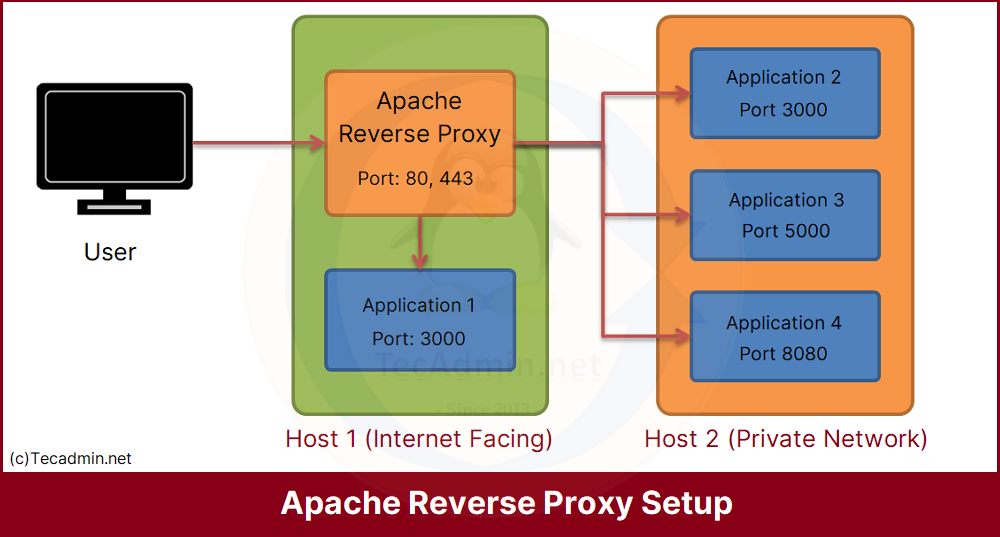Django is a powerful web framework that is great for people who want to get things done perfectly and quickly. It has many tools and features built in. One helpful feature is that Django can send email alerts when there is an error. This is really useful for developers and admins because they get notified right away if something goes wrong. In this guide, we will show you how to set up email notifications for errors in Django. Prerequisites Before we begin, ensure you have: A running Django application Access to an working SMTP server (e.g., Gmail, SendGrid, Amazon SES,…
Author: Rahul
OpenSSH is a set of tools that lets you have secure, encrypted communication over a network using SSH. It includes features for secure remote login, file transfer, and tunneling of applications. OpenSSH is commonly used on Linux systems for secure remote access and file transfers. It is highly reliable and trusted by many users around the world for its strong security measures. This tutorial will help you to install OpenSSH server on Ubuntu 24.04 systems. Steps to Setup OpenSSH on Ubuntu 24.04 Follow the step-by-step instructions to install and configure OpenSSH server on Ubuntu 24.04 LTS Linux server. Step 1:…
Google Chrome is simple and user-friendly, making it easy to browse the internet. Many users like Chrome because it loads web pages quickly and smoothly. Chrome offers strong security features, helping users stay safe online. Google chrome officially provides an Debian package repository for installing it on Debian based systems. This step-by-step tutorial will help you to install latest Google chrome on your Ubuntu 24.04 desktop and server systems. Prerequisites A system running with Ubuntu 24.04 Shell access with sudo user Step 1: Update Your System As always, the first step should be the upgrade current system packages. You can…
Configuring Apache as a reverse proxy means setting up Apache to listen and direct web traffic to backend servers or services. This can help manage and balance the load on your servers, improve security, and make your web services more efficient. You can also setup this to listen request on standard HTTP and HTTPS ports and redirect to backend services running on different ports. Setting Up Apache as Reverse Proxy In this guide, we will show you how to set up Apache as a reverse proxy in simple steps. Even if you’re new to this, don’t worry – we’ll make…
Unzipping or extracting .gz files in Linux is something many people need to do often. This article offers a detailed guide on how to unzip these files using different ways. Whether you are new to Linux or have some experience, you will find easy-to-follow steps here. We cover several techniques, from using basic commands in the terminal to employing software tools that make the process simpler. This guide helps you understand and perform file extraction smoothly and efficiently, ensuring you can handle .gz files without any trouble. 1. Overview A .gz file, short for GNU Zip, is a compression format…
When working with Firebase Storage, you may need to configure Cross-Origin Resource Sharing (CORS) to allow web applications from different origins to access your resources. Here’s a quick guide on how to set it up. Setup CORS for Firebase Storage: Step-by-Step Guide Follow the step by step instructions to apply CORS policy on Firebase storage. Step 1: Install gsutil First, you need to install the gsutil tool. This tool helps you manage your Google Cloud Storage. You can download and install it by following the instructions on Google Cloud’s official page. Step 2: Log In with Your Credentials After installing…
Running a shell script from your computer on a remote server using SSH is very useful. This is especially true for system administrators and developers who need to manage servers far away. For example, imagine you are a system administrator. You need to update software on many servers that are not in the same location as you. Instead of logging into each server one by one, you can use a shell script to do this job for all servers at once. This saves you a lot of time and effort. Here is a simple guide to show you how to…
Today, many IT workers need to connect to servers from far away. They use SSH tunnels to do this securely. But sometimes, the network isn’t stable, and the connection can drop. This is where Autossh can help. Autossh makes sure your SSH connection stays up, even if the network goes down for a bit. For example, imagine you are working from home and need to connect to a server at your office. If the internet at your home has problems, the SSH connection can break. Autossh will automatically reconnect you if this happens. In this article, we will show you…
The internet works well because it can send data securely, thanks to things like Transport Layer Security (TLS). TLS is the newer version of Secure Sockets Layer (SSL) and it helps keep web traffic safe. This article will talk about TLS 1.3 and 1.2, which are better and faster than the older versions. One popular web server that uses these protocols is Apache. But, to make sure your Apache server only uses TLS 1.3 and 1.2, you need to set it up in a certain way. This guide will show you how to configure your Apache server to only allow…
The Ubuntu team has once again kept their promise and released a new long-term support version, Ubuntu 24.04 (Noble Numbat), which comes with many great features. After installing it, setting up the network interface is an important first step for users. Usually, the system automatically gets an IP address from DHCP, but sometimes you might need to set up a static IP address. A static IP address does not change even when the system restarts, which is very helpful for managing networks and running servers. This guide will show you how to set up a static IP address on Ubuntu…


